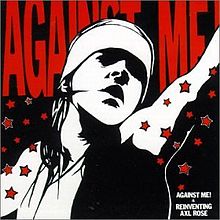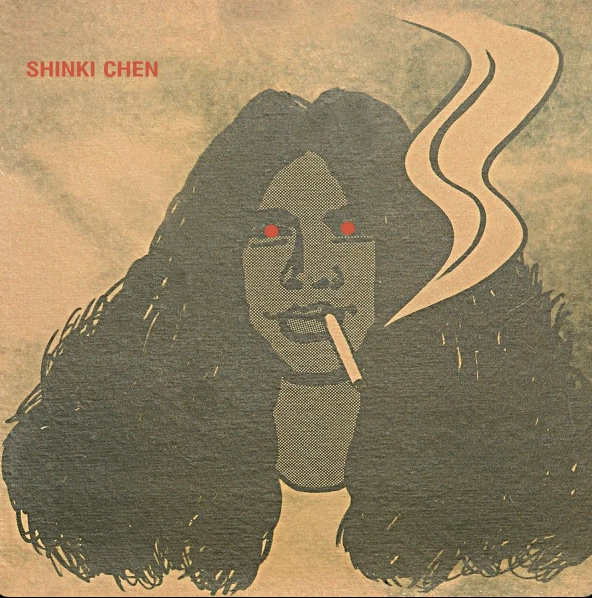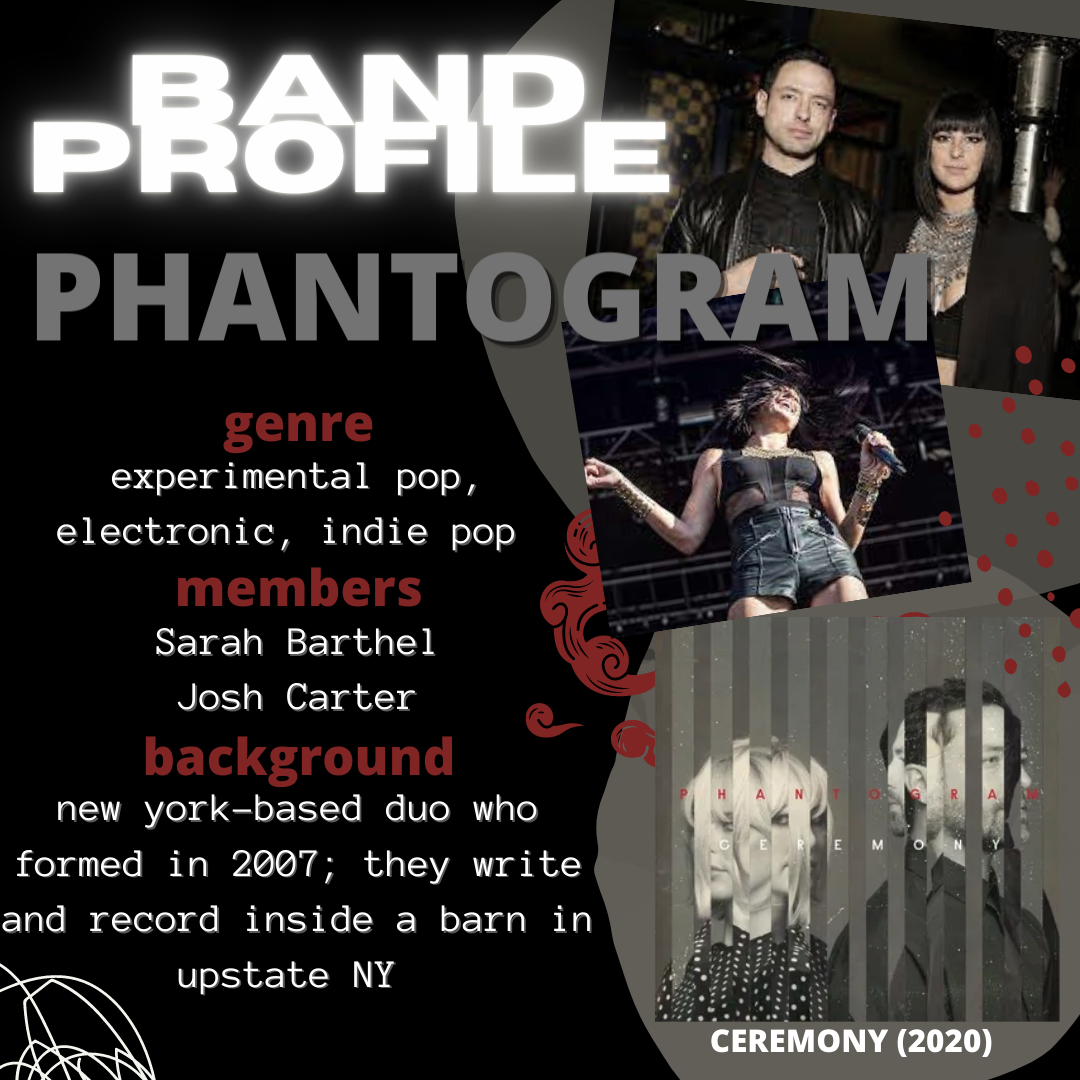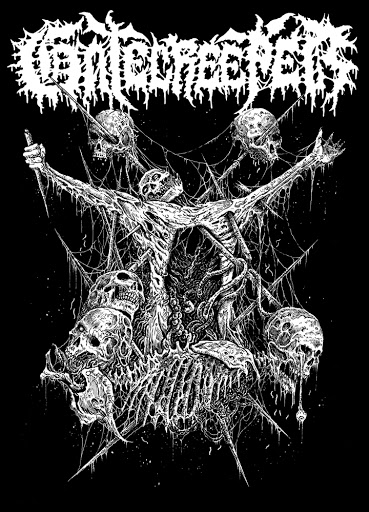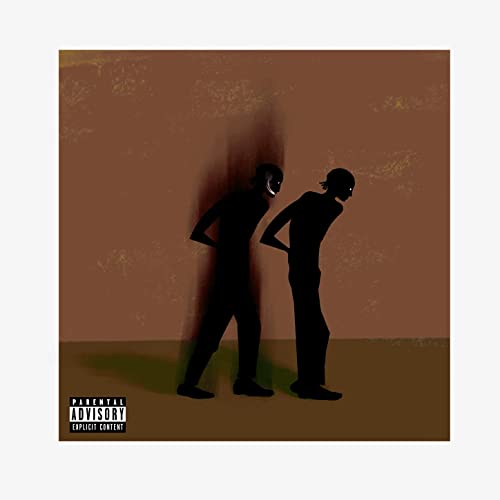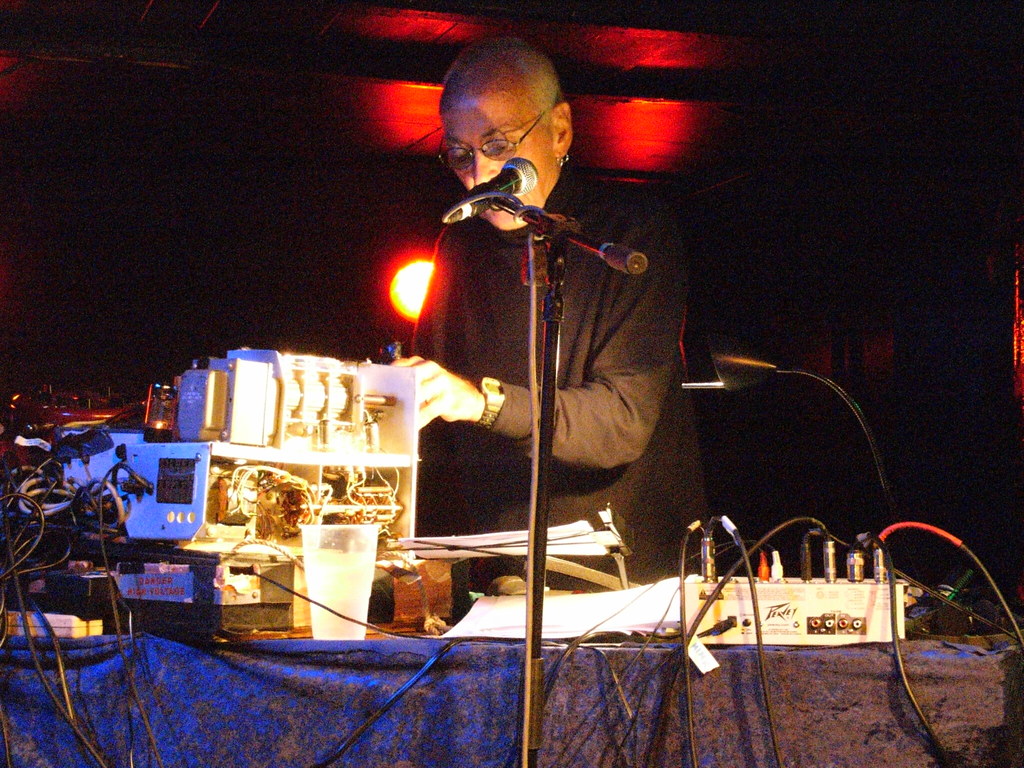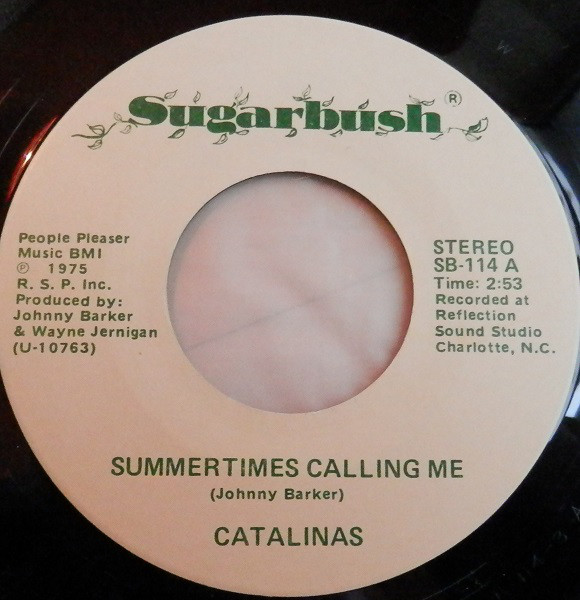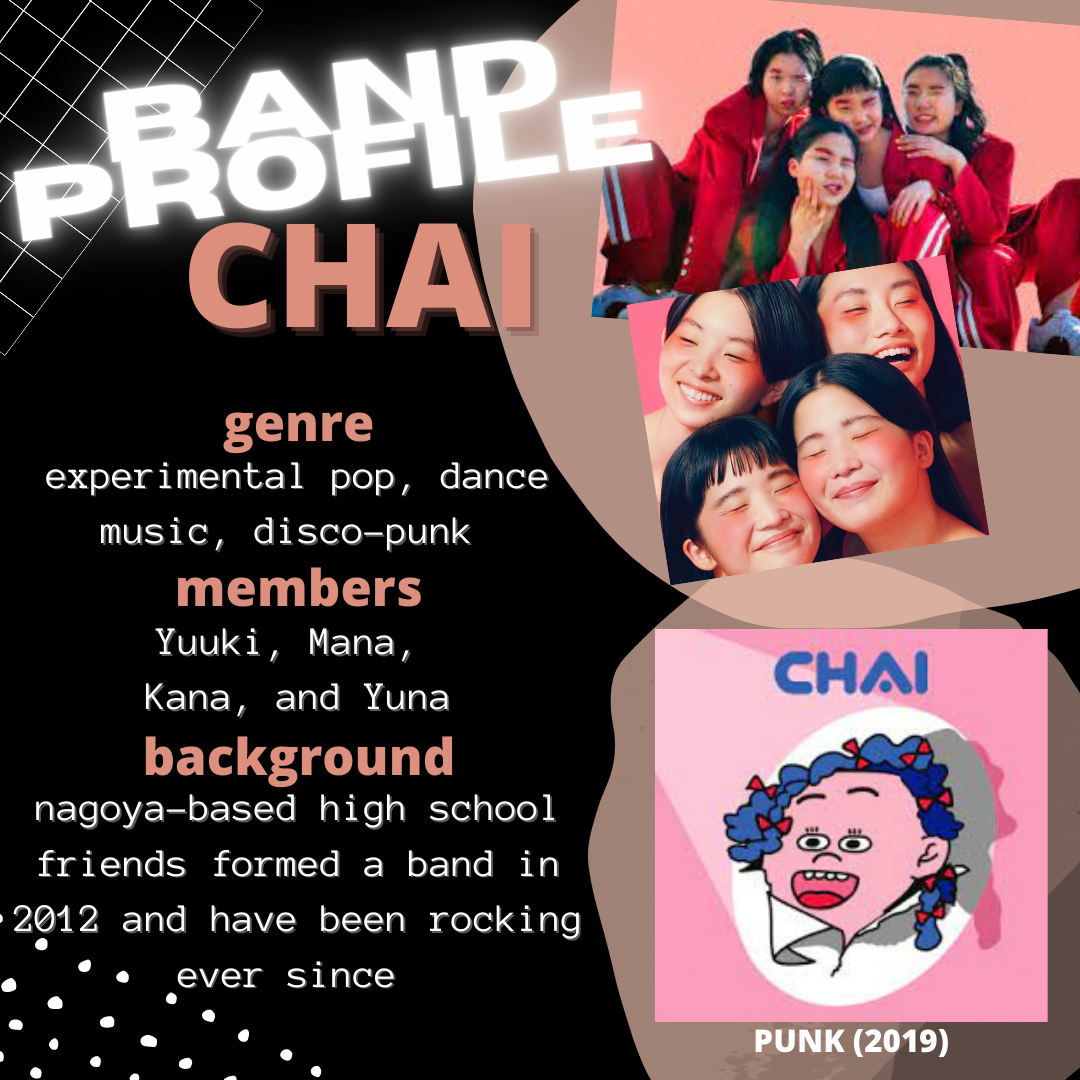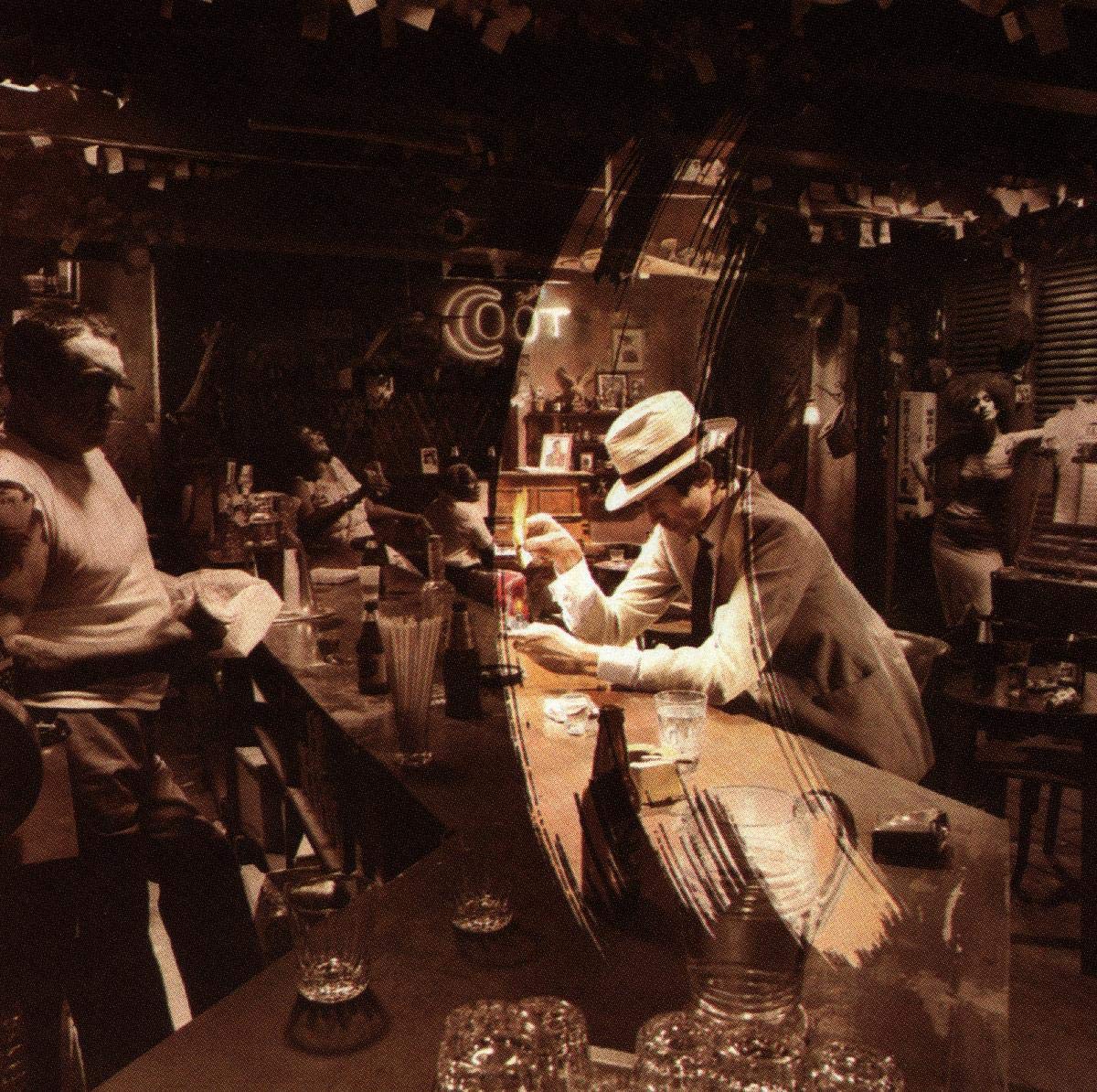I’ve got something a little different for you today, an old fashioned punk band with a storied career: from underground darlings to this week’s savior of rock and roll to pioneers of the gender dysphoria blues, there aren’t a whole lot of bands with a career quite like Against Me! (Yes, the “!” is mandatory, so get used to it).
Against Me! has an early career that makes most punk bands seem like posers. A set of high school dropouts with felony convictions since the age of 14, brutalization by the police, anarchist leanings, and strictly independent promotion, you could hardly ask for a more nailed to rights punk story. However, their initial sound wasn’t quite as hardcore as you’d assume given these stories, they were really more like The Clash than Black Flag, and their debut album “Reinventing Axl Rose” is filled with drinking songs, dad rock, and political anthems that betray a surprising amicability with the mainstream. As a result, their albums sold shockingly well for a punk band in the mid-2000s with absolutely no label support, industry connections or nepotistic advantages. The biggest rock bands of this era were children of the industry (The Strokes, The Calling), holdovers from the 90s (Modest Mouse, Foo Fighters), or just straight up industry plants (Simple Plan, Limp Biskit). So expectations were high.
Then, Against Me! did the thing that no self-respecting punk band should ever do, they signed to a major label. Surprisingly, it went pretty well. Their style was already mainstream-friendly, so besides a clean production job and marginally less swearing, the album was authentically them, and it had the benefit of major label support. Granted, it was 2007, and rock and roll was truly dead, so their new album didn’t chart that well, but they had a few rock radio hits, and all the old school magazines like The Rolling Stone gave them absolutely rave reviews. Things were looking up, there was only one problem.
In the early 2010s, Against Me! was tired of major label bureaucracy, tired of touring, and their lead singer was tired of playing “the angry white man in a punk band.” Now, this is hardly unusual, as punk kids grow up and put their lives in a wider context, the freedom of a punk lifestyle starts to feel like its own restriction. The difference for Against Me! lead singer Laura Grace was that she was transgender, and tired of playing any kind of man in any band. The reasonable thing to do here would be brake up the band and move on to a new career in business or computer science or something like that, but you don’t get mainstream play as a punk band without having an excess of balls and a deficit of brains, so Grace tried something that to my knowledge no successful band has ever done in punk rock before: She transitioned while staying in the scene.
The machismo of traditionalist punk can at times make it an unfriendly place for any woman, much less a trans woman who until now had made music explicitly employing hyper-masculine imagery and attracting the kind of audience that connects with these symbols. In 2014, Against Me! released “Transgender Dysphoria Blues,” where Grace, like many trans singers, continued singing in her original vocal range while unashamedly singing about her experiences and inner struggle. The album retains every bit of the fighting spirit of their early releases, with a new sense of vigor and direction. Their most recent album from 2017 is even better. I can recommend every album they’ve released without reservation. Whether listening to a 20-year-old punk kid reinvent Axl Rose, or a woman in her 40s fighting an entirely different kind of battle, it’s punk at its best: raw, real and ready to burn it all down to make way for something new.

